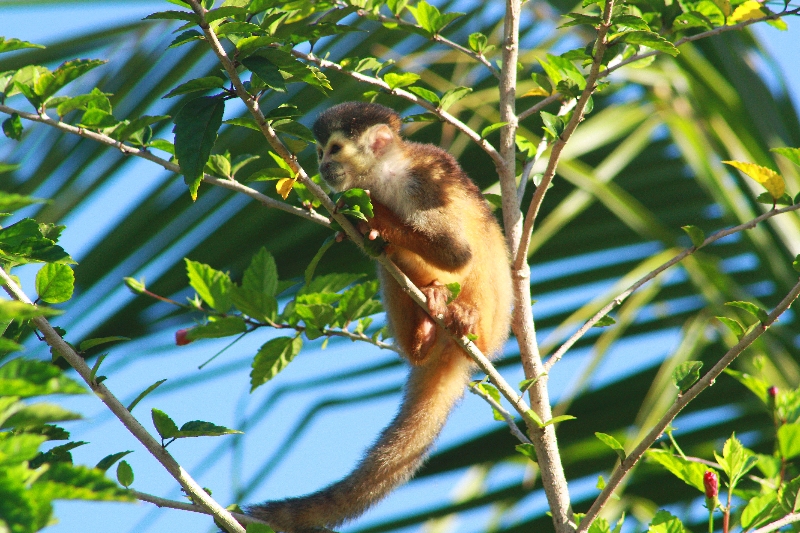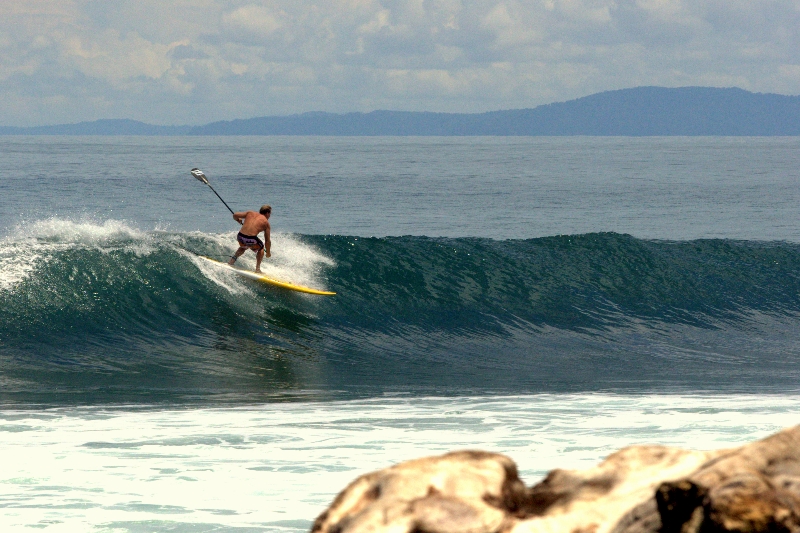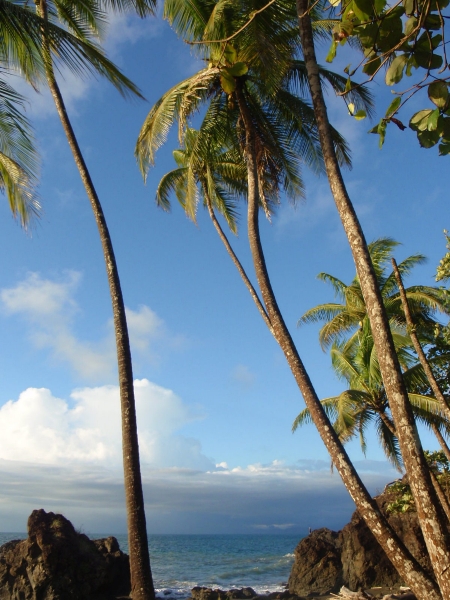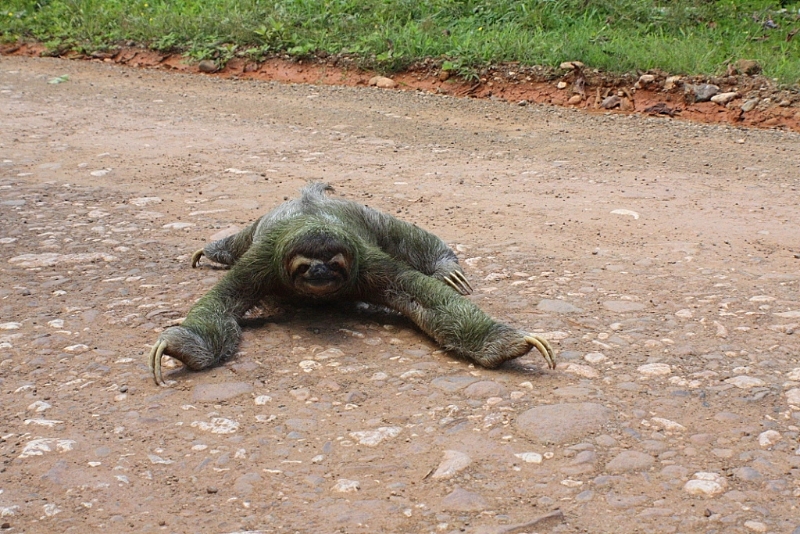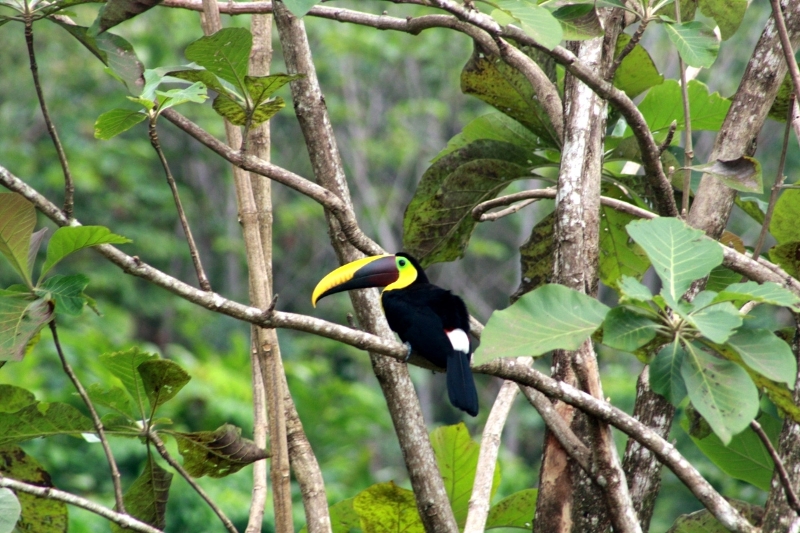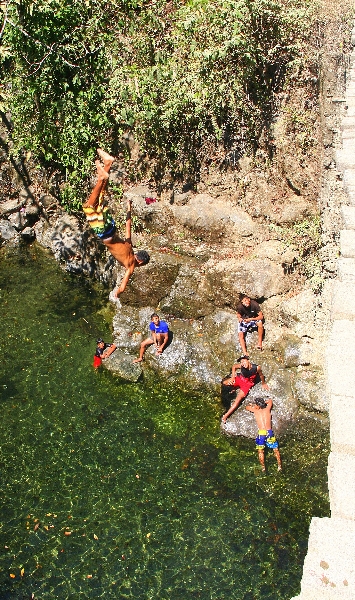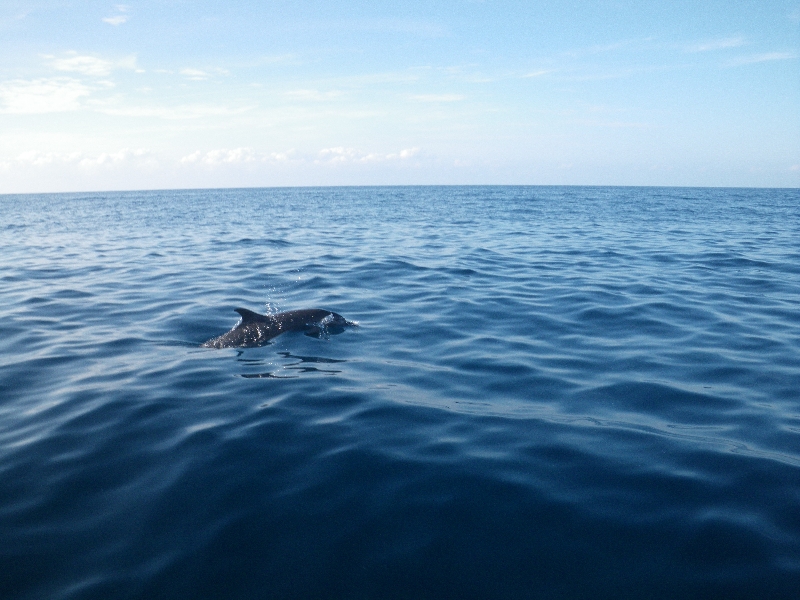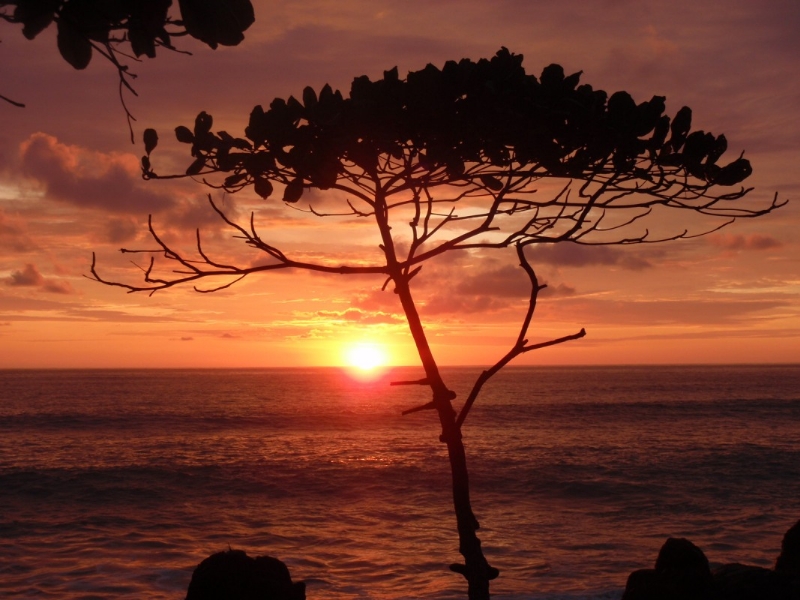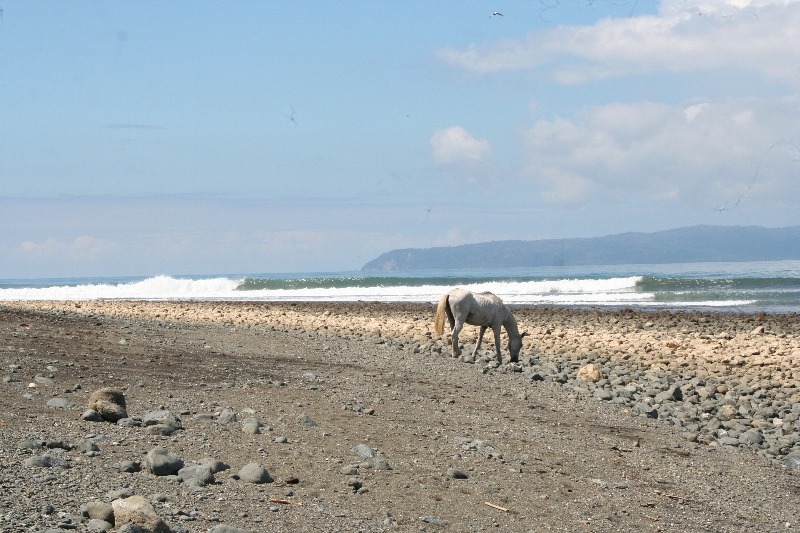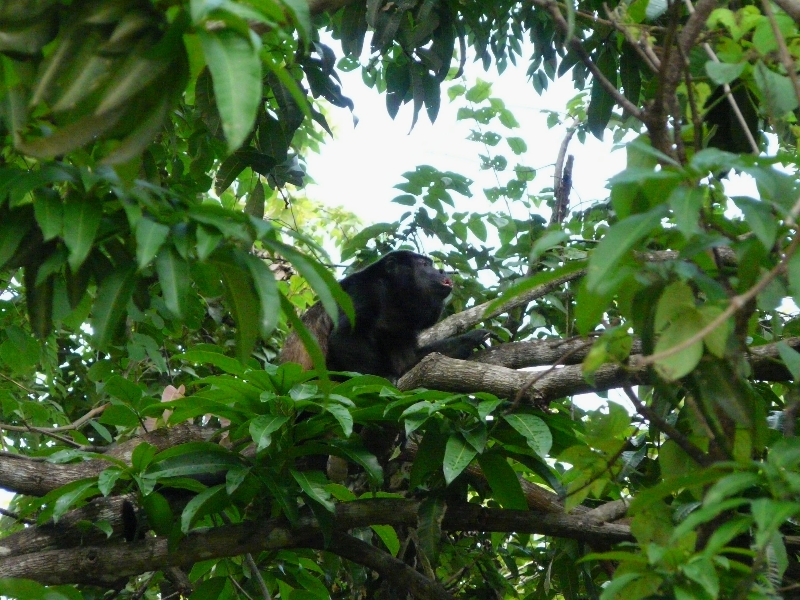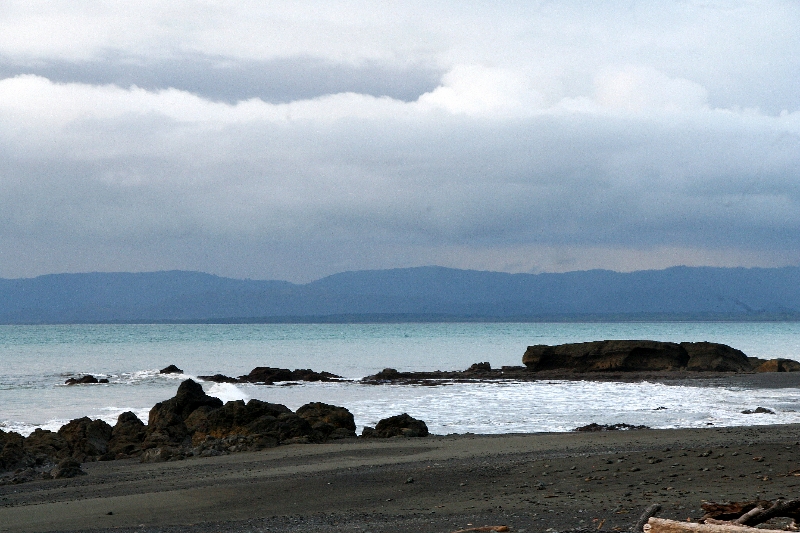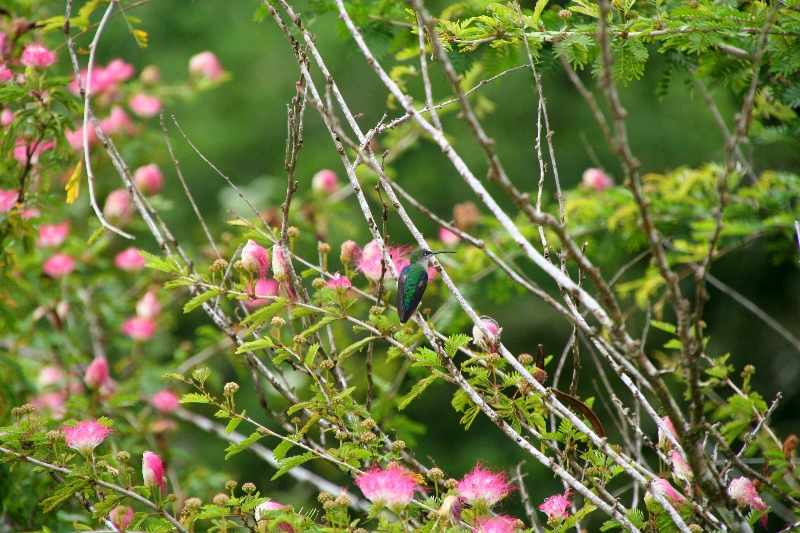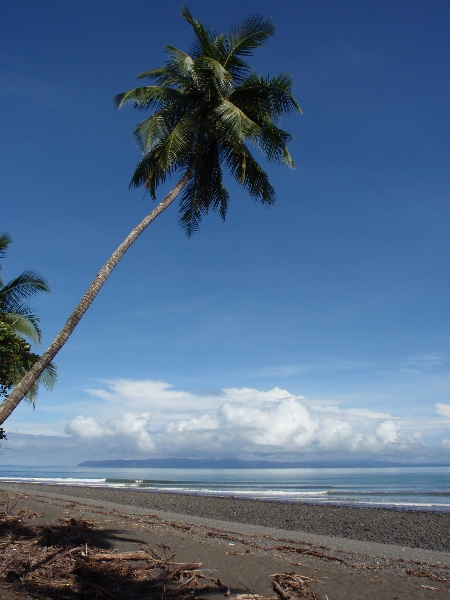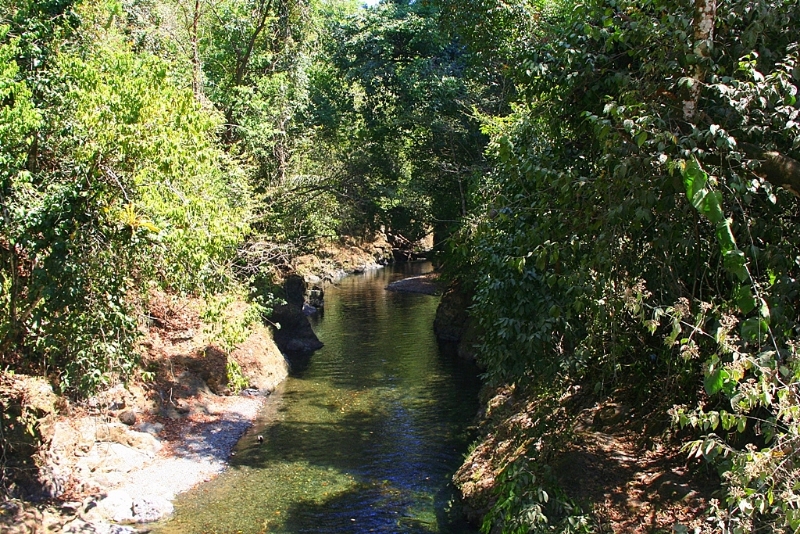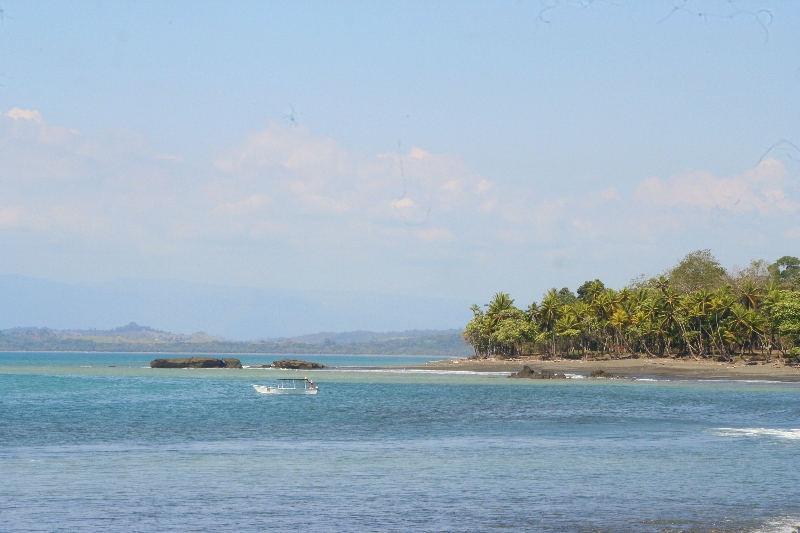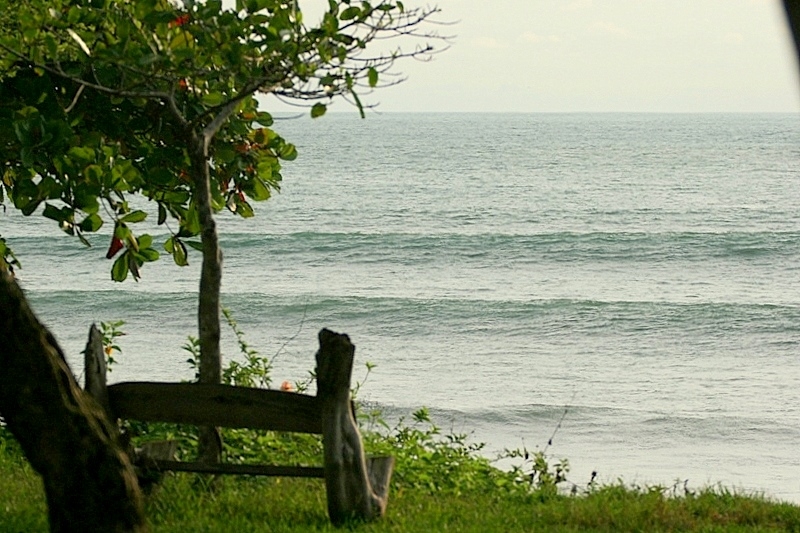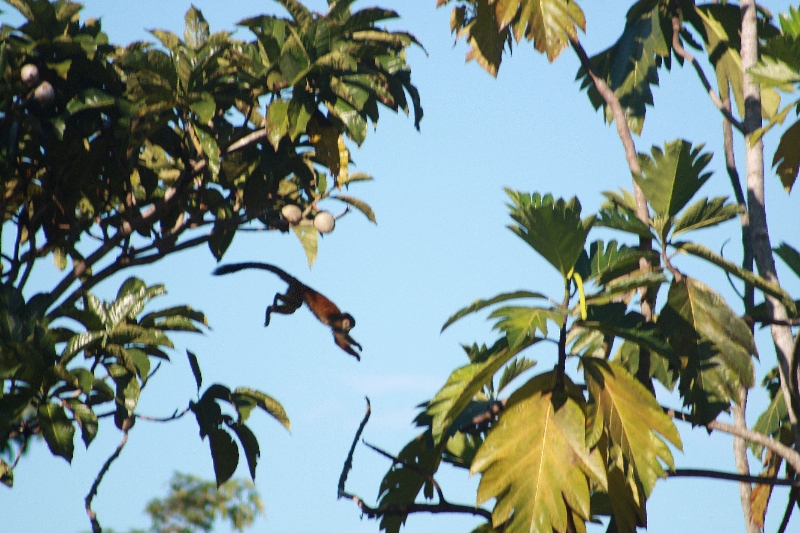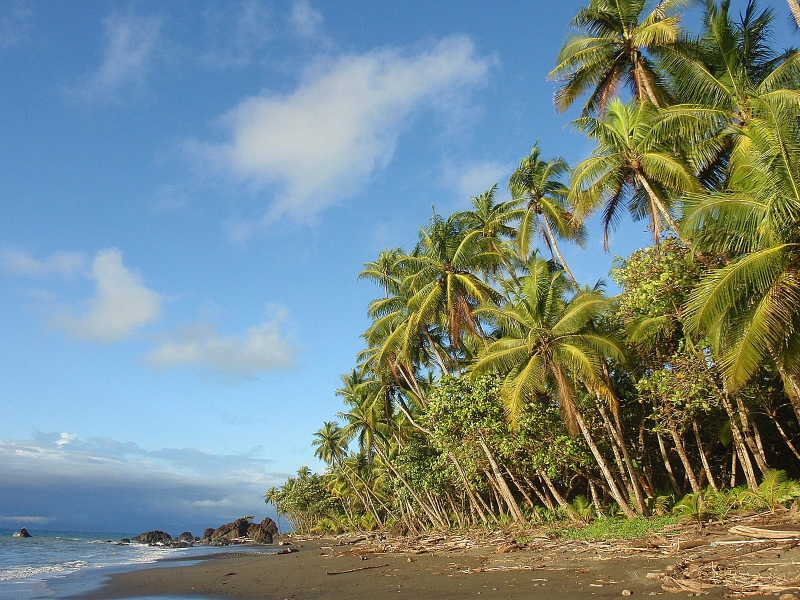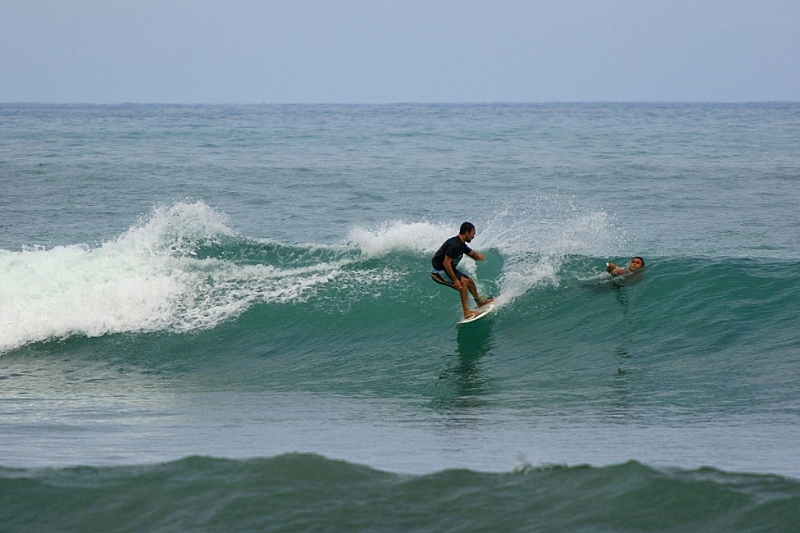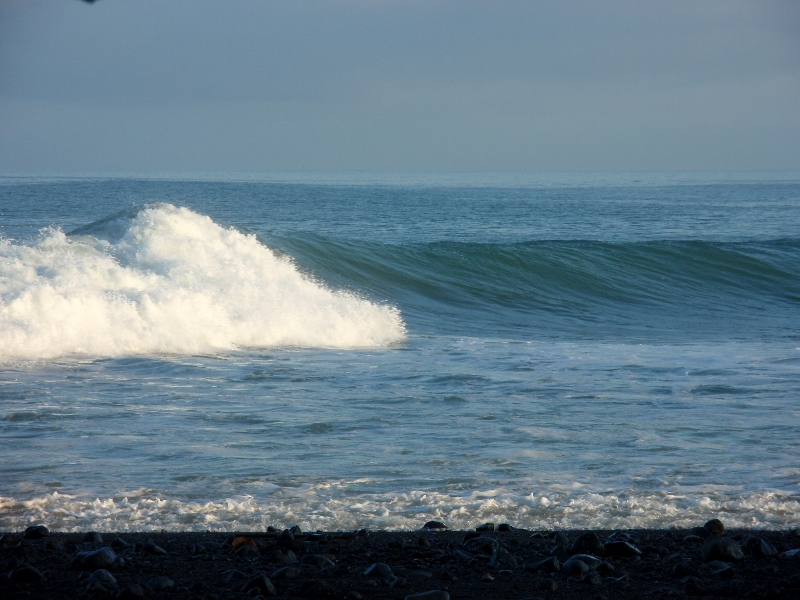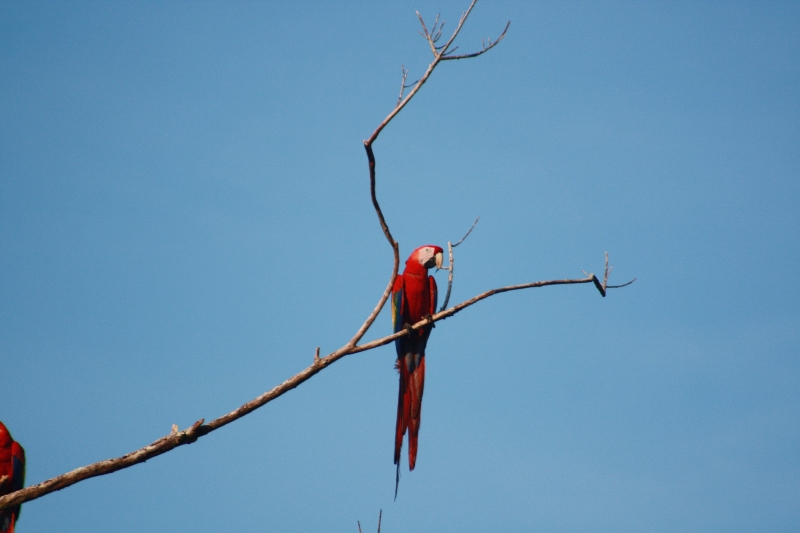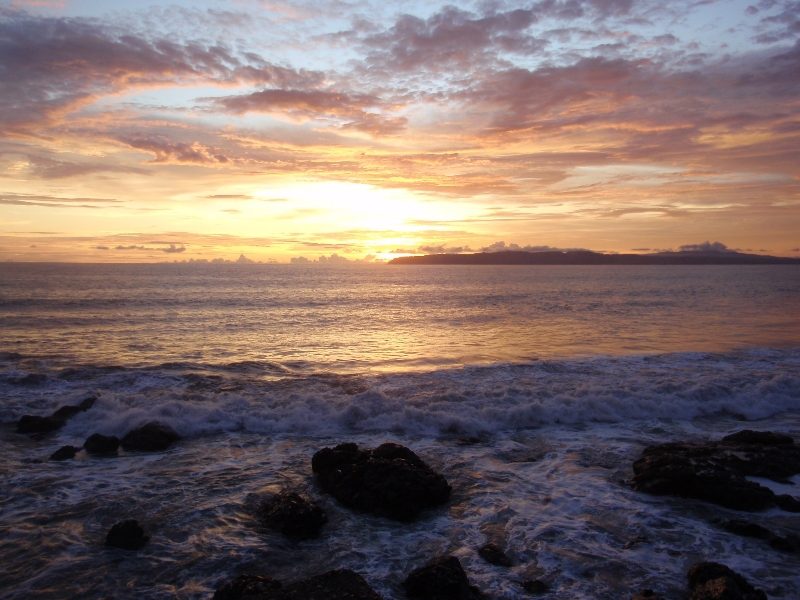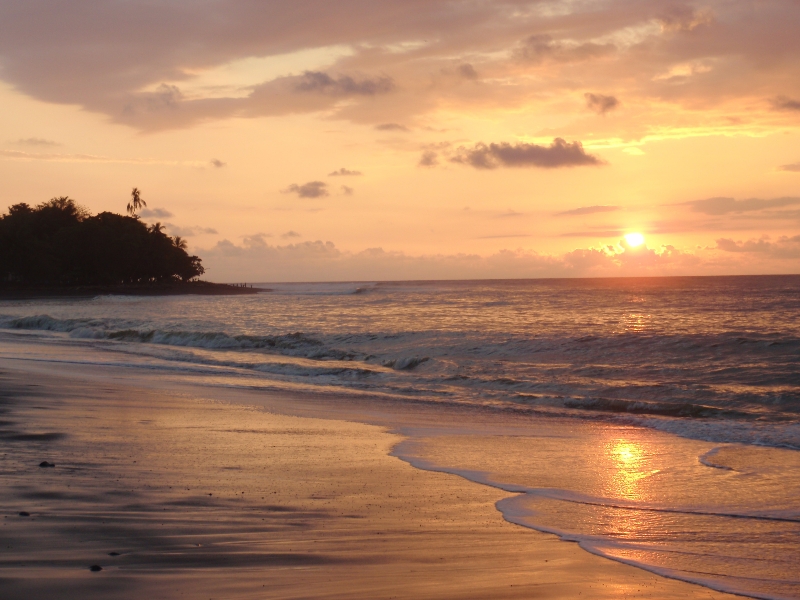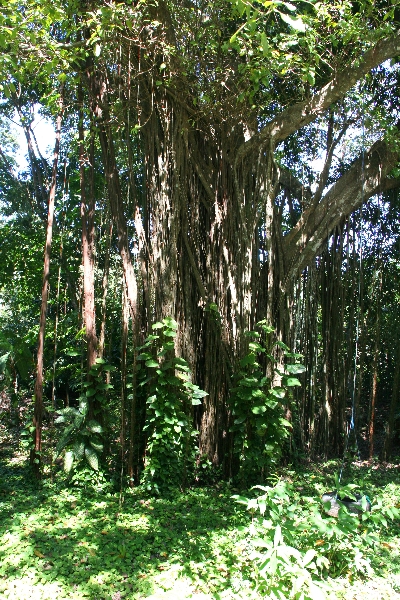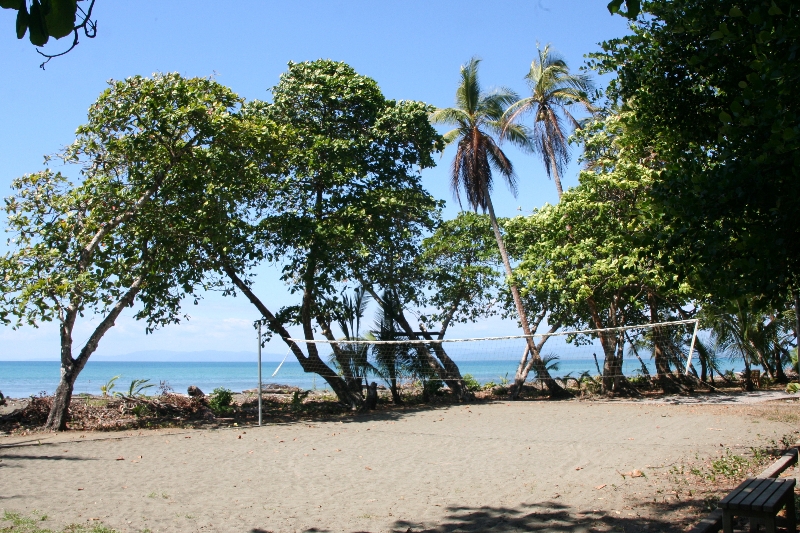Pavones, Costa Rica – September 4th, 2012
September 4th, 2012 – Pavones, Costa Rica
Pavones – We’ve had some really great surf the past few days. The swell is starting to back off but we still a good forecast of shoulder high waves this week. Hopefully we’ll see another swell heading our way in about a week. We’ve had a mixture of weather this past week as expected this time of the year in Pavones for rainy season. Luckily we have had some nice sunny days in the morning and early afternoon with rain hitting hard in the late afternoon and evening. Can’t complain with the overall weather though! Below are some pics of whats been going on the past couple of days.
Thanks to these guys we have fresh fruit and vegetables to eat! They come every Monday and Friday from 7:00 am-1:00 pm. They have about everything you want for your fruit and veggie fix, so make sure you hit them up when you are in town They are located in the town center next to the soccer field!
This view never gets old!
Tommy setting up…
…for this little nugget.
Doh! Don’t be this guy in the line-up! Show proper etiquette and make sure you know who’s coming down the line.
Jean Carlos taking flight.
You can always here an gorilla like sounds around sunrise and sunset. Howler Monkeys are one of three types of monkeys that can be spotted here in Pavones. This guy I spotted right off the beach frontage road. For more information about Howler Monkeys check out this link.













